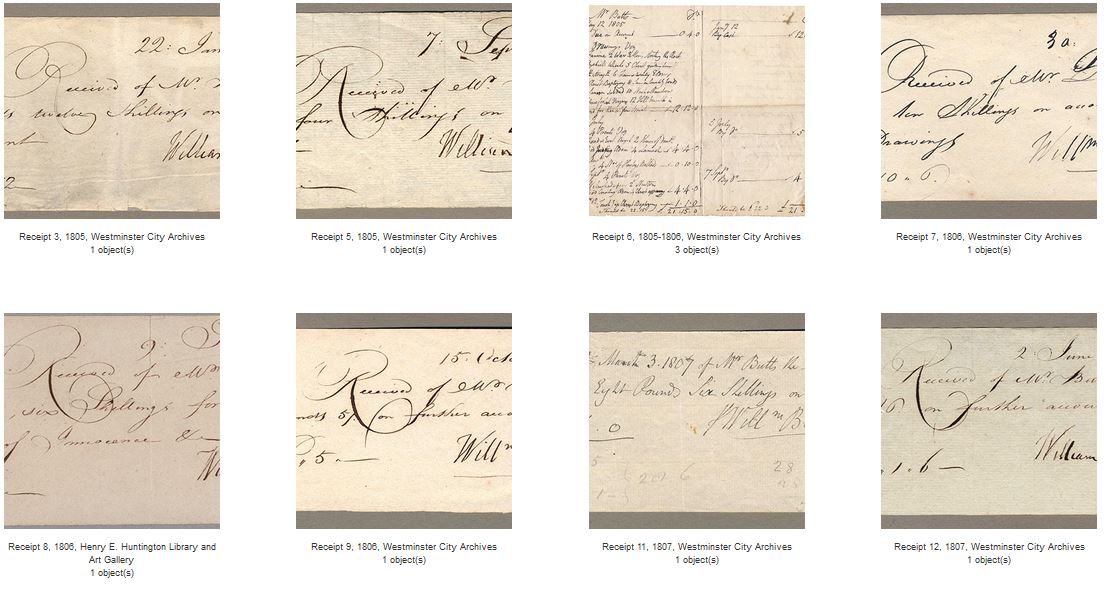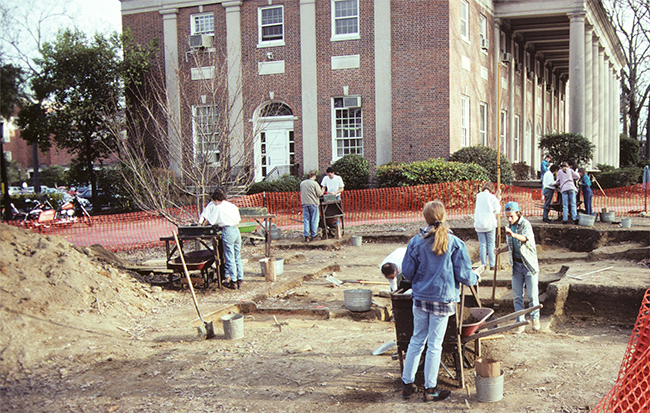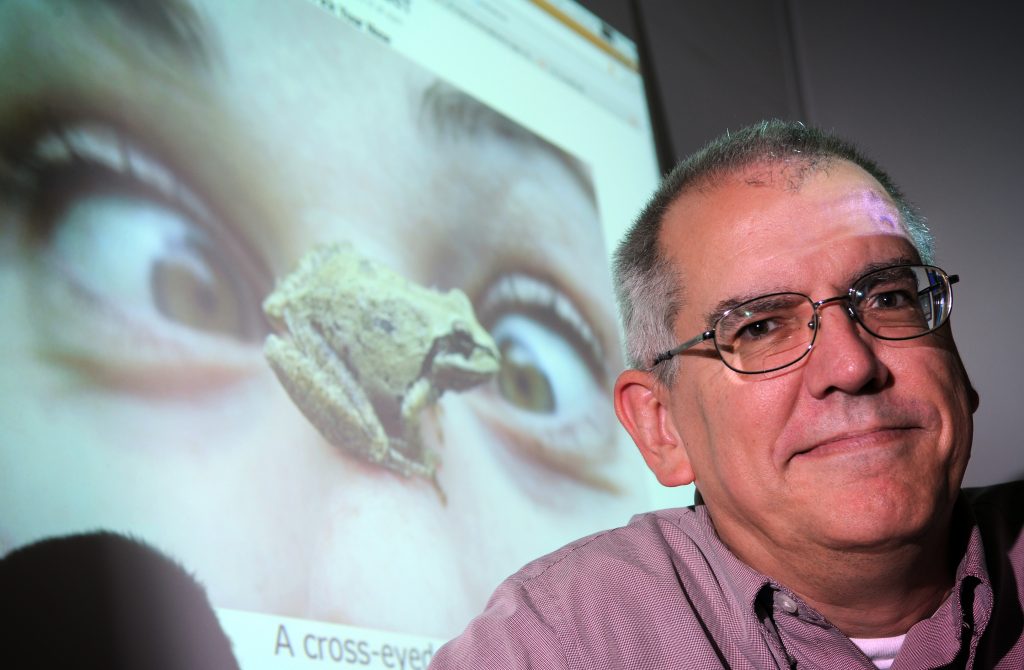
The William Blake Archive at UNC-Chapel Hill recently published a digital collection of Blake’s receipts for the sale of his artwork, many of which have never before been reproduced. Although we often think of paper receipts as trivial and not worth asking for or keeping, this collection proves otherwise. Not only are the receipts themselves remarkably attractive, but they provide key insights into Blake’s personal finances and the chronology of his work.
The William Blake Archive’s innovative organization of this digital collection enhances Blake scholars and enthusiasts’ ability to study the receipts. The Archive editors published the receipts in separate but adjacent categories, to further enable the study of these items as a distinct commercial genre of historical documents.
This new digital collection allows viewers from around the world to access an entire category of Blake’s rare and personal documents which are, otherwise, difficult to find. This is in keeping with the mission of the William Blake Archive to provide access to Blake’s artistic works, many of which are widely dispersed in various collections or no longer available for viewing due to the fragility of their antique materials. The receipts collection opens a new window into Blake’s life, allowing Blake enthusiasts anywhere to view these personal finance documents, which are at once receipts, works of art in themselves, and written fragments of Blake’s friendships and business connections.
To learn more about the digital collection of Blake’s receipts, click here.
By Emma DuVall, graduate writer and photographer, English and comparative literature




